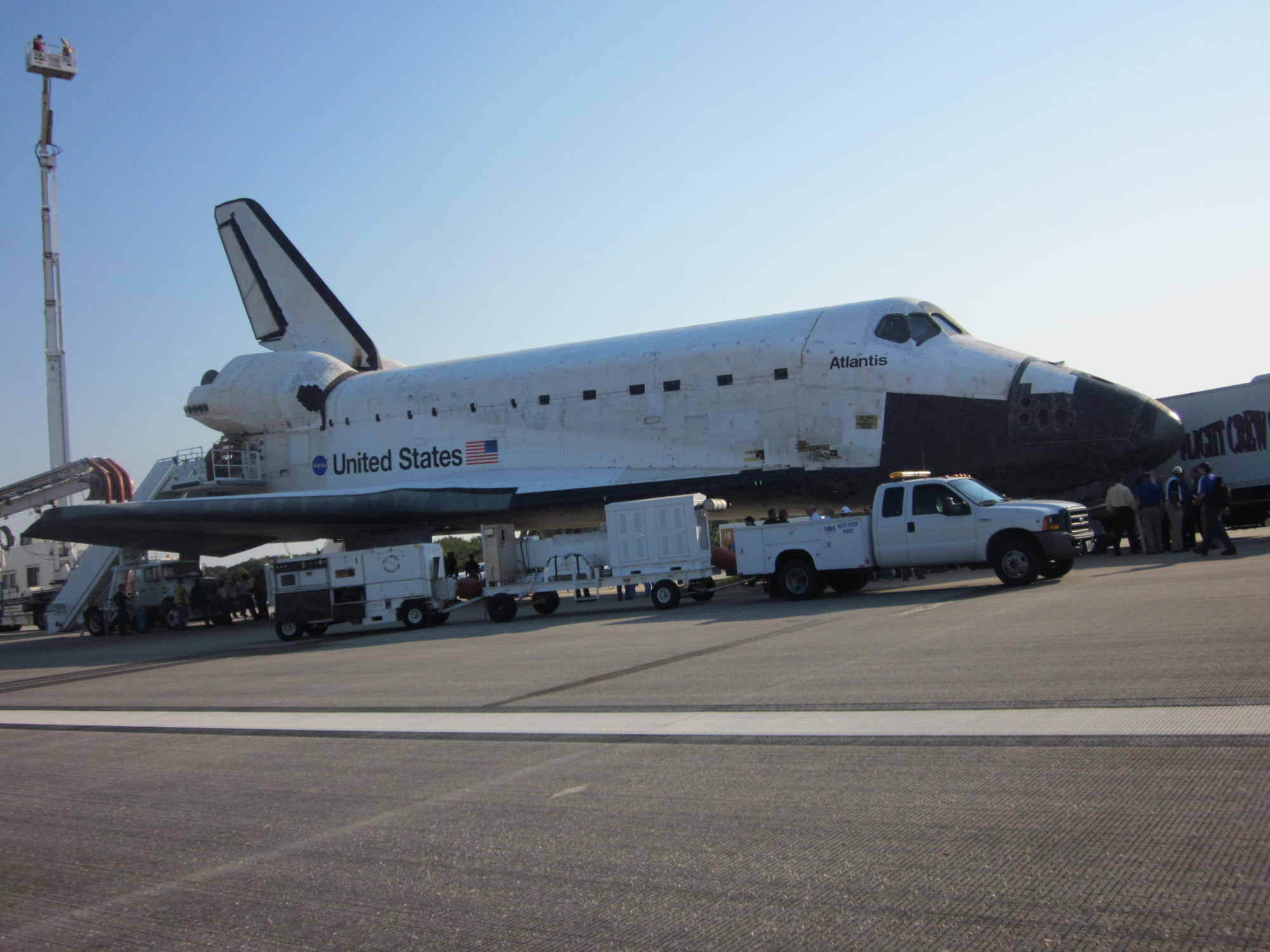
"Adventures with Apollo." Ames Research Center. "As-Fabricatede Reinforced Carbon/Carbon Characterized." NASA. (May 9, 2008) Methodologies+for+Space+Transportation+Systems&as_brr=3& client=firefox-a&source=gbs_summary_s&cad=0 "Design Methodologies for Space Transportation Systems." AIAA, 2001. "Space Shuttle Orbiter Systems." NASA Kennedy Space Center. "Why do spacecraft need heat shields coming back to Earth but not leaving?" Astronomy Department at Cornell University. Cuk, Matija, Dave Rothstein, Britt Scharringhausen.Take a look at the links that follow to find out more about the challenges posed by space exploration. Felt reusable surface insulation (FRSI): This material sustains temperatures of up to 700 degrees F (371 degrees C) and is made of heat-treated white Nomex felt (a material used in firefighters' protective clothing).Over the years, these took over for much of the LRSI material on a shuttle. Advanced Flexible Reusable Surface Insulation (AFRSI): Made of silica glass fabric, these exterior blankets were installed on the forward upper section of a shuttle and withstand temperatures of up to 1,500 degrees F (816 degrees C).Low-temperature Reusable Surface Insulation (LRSI): These white silica tiles are thinner than HRSI tiles and protected various areas from temperatures up to 1,200 degrees F (649 degrees C).Fibrous Refractory Composite Insulation (FRCI): These black tiles replaced HRSI tiles in many places because they are stronger, lighter and more heat resistant.In 2003, Columbia's RCC was damaged during liftoff, causing its burn-up on reentry, killing all seven crew members.

Reinforced Carbon Carbon (RCC): This composite material covered the nose and edges of the wing, where temperatures get the hottest.Instead of the ablative materials found on the Apollo spacecraft, space shuttles had special heat-resistant materials and insulating tiles that could sustain re-entry heat. As it rolled along the strip, it deployed a parachute to slow it down. Once the ship got low enough, the commander took over the computers and guided the shuttle to a landing strip. Space shuttles looked and landed much more like airplanes.
#Nasa space shuttle google earth movie#

That shock wave keeps the heat at a distance from the object. When an object - with blunt-shaped surface facing down - comes back to Earth, the blunt shape creates a shock wave in front of the vehicle. Blunt-body design helped alleviate the heat problem. Specifically, shuttles faced intense temperatures of about 3000 degrees Fahrenheit (about 1649 degrees Celsius). Although it causes drag, it also causes intense heat.

This friction is a mixed blessing, however.


 0 kommentar(er)
0 kommentar(er)
